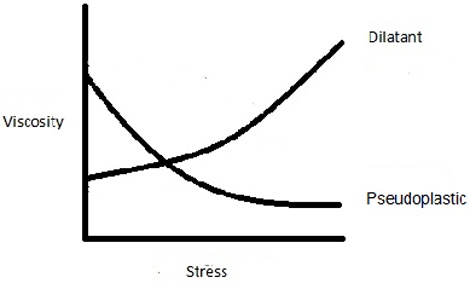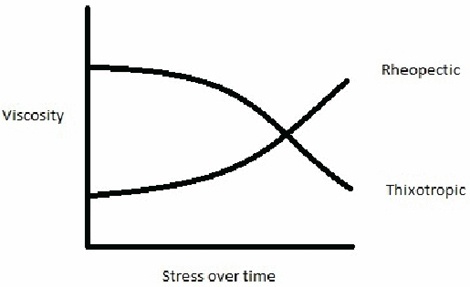

When it comes to selecting pumps, valves, and other fluid handling equipment for your plant, understanding the properties of the fluids you're working with is crucial. One of the most important distinctions is between Newtonian and Non-Newtonian fluids.
At Crane Engineering, our team of experienced Engineers understand the unique challenges posed by different fluid types in industries such as Sanitary, Industrial, Water & Wastewater, Pulp & Paper, and Tissue applications. We're here to help you navigate the complexities of pump selection by providing expert guidance and tailored solutions.
Whether you're dealing with Newtonian or Non-Newtonian fluids, our team has the expertise to help you select the most appropriate pump for your specific application. We'll work closely with you to understand your fluid properties, flow requirements, and operating conditions to ensure that you get the optimal equipment for your plant.
Newtonian fluids maintain a constant viscosity regardless of the applied shear stress. This means that their flow behavior is predictable and consistent. Examples of Newtonian fluids include:
Examples:
Non-Newtonian fluids exhibit a change in viscosity when subjected to different shear stresses. Their flow behavior can be more complex and difficult to predict. Examples of Non-Newtonian fluids include:
This chart shows how viscosity changes with respect to the amount of shear or stress applied to the fluid.

This chart shows how viscosity changes in respect to shear applied over time to the fluid.

The viscosity of a fluid directly impacts the pump's performance and efficiency. Newtonian fluids generally have a more straightforward relationship between flow rate and pressure. However, Non-Newtonian fluids can exhibit shear thickening or shear thinning behavior, which can affect pump design and operation.
Here's a brief video to recap:
Tackling tough fluid handling challenges? We’ve got you covered. Crane Engineering offers expert fluid handling solutions for businesses in Wisconsin, Minnesota, Iowa, North Dakota, South Dakota, and the Upper Peninsula of Michigan. Contact us today for a free quote and let’s find the perfect solution for your specific needs.
Crane Engineering also builds and designs customized skid systems nationwide so contact us, today!
Let us know how we can help you, request a quote today!
These Stories on Pumps
Headquarters and Service Center
Located outside Green Bay, WI
707 Ford Street
Kimberly, WI 54136
920-733-4425
OptiFlow Design and Build Center
1002 Truman Street
Kimberly, WI 54136
920-733-4425
Burnsville Service Center
12265 Nicollet Avenue
Burnsville, MN 55337
952-444-1949
Grand Rapids Service Center
26489 Industrial Blvd
Cohasset, MN 55721
952-444-1949
© Copyright 2024. Crane Engineering. All Rights Reserved. Privacy Policy.